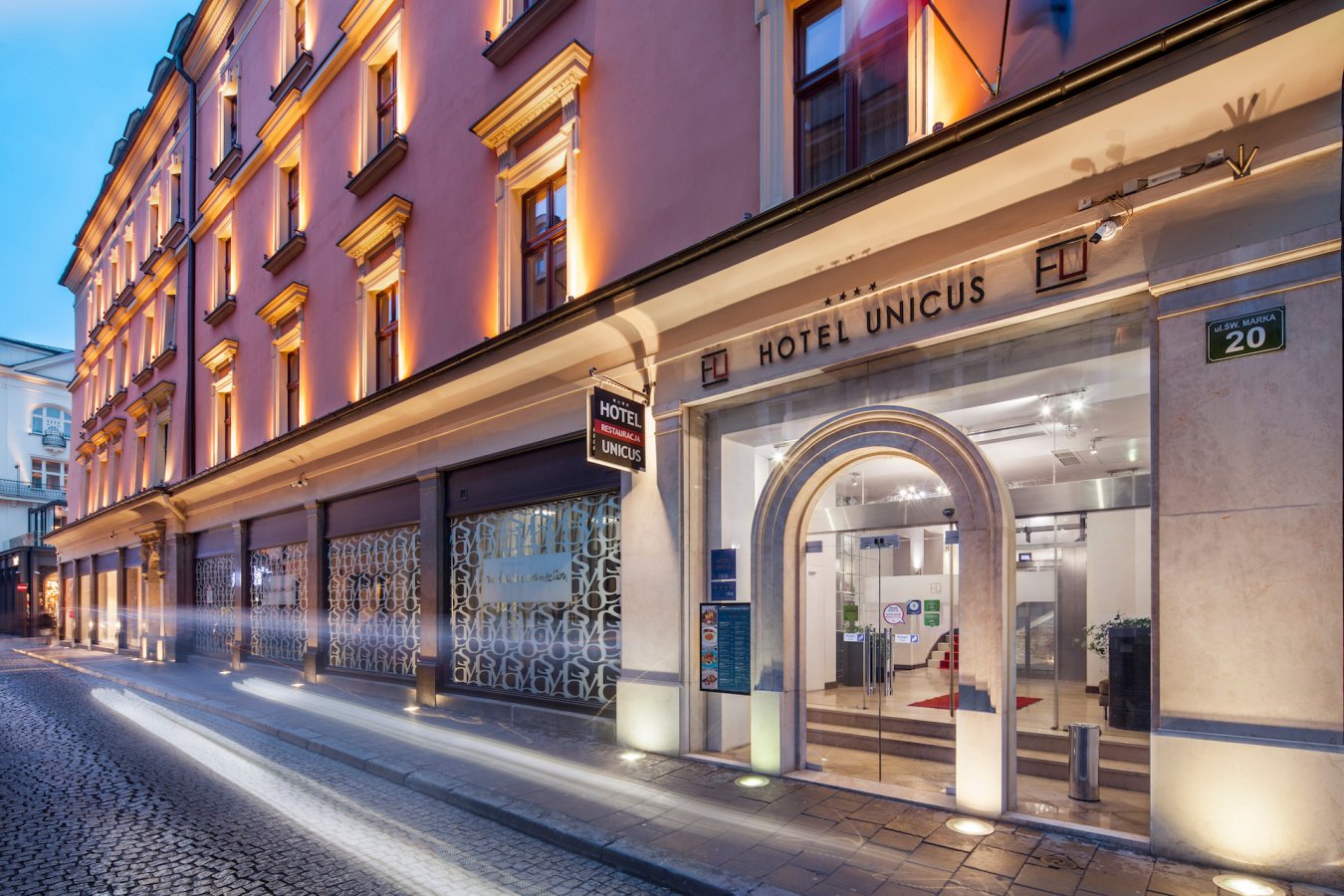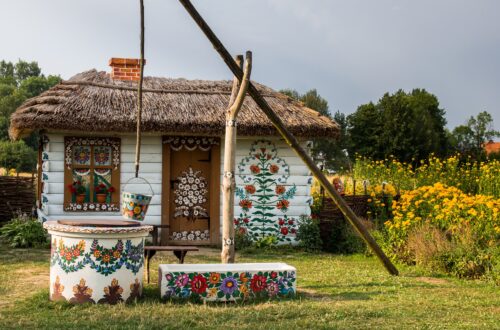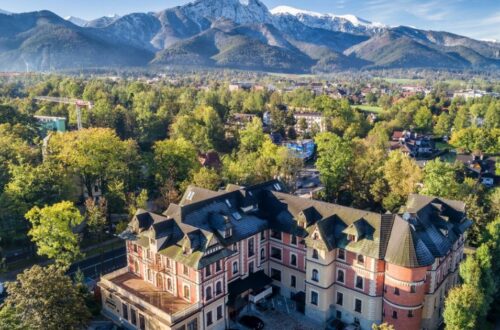Lancut Castle in Poland
Łańcut Castle is one of the most beautiful aristocratic residences in Poland. It is famous for its excellent residential interiors and a fascinating collection of horse-drawn vehicles – one of the largest in Poland. The palace complex is surrounded by an old, picturesque English-style park.
History
The history of the Łańcut Castle dates back to the 16th century when the Pilecki family erected the first defensive tower in this place. In the 17th century, the Stadnicki family rebuilt it, but Łańcut gained real significance in the 17th century during the Lubomirski reign. By order of Stanisław Lubomirski, bastion fortifications were added to the castle (1629-1642), and the building became the so-called “palazzo in Fortezza.”
Along with the transient fashion, the character of the building itself and its surroundings changed as well. Duchess Izabela Lubomirska in the nineteenth century transformed the castle bastions into a garden, and the remains of the English park can still be seen today.
At that time, the cultural aspect became important – well-known persons were invited to Łańcut, and the owners liked the roles of patrons and art lovers. At the end of the 18th century, Łańcut became one of the most magnificent residences in Poland. That is why the original interiors and their furnishings are preserved to a great extent.
However, during the time of the next owner of Alfred II Józef Potocki, closely connected with the Vienna court, the castle began to fall into ruin. The splendor of the residence was restored by subsequent owners, Roman Potocki and his wife, Elżbieta Radziwiłł. In the years 1889-1911, a general renovation combined with modernization was carried out. The plumbing and sewage system were established, and the building was electrified. Łańcut, at that time, could be considered a modern palace.
The changes also included the part of the park, the Rose Garden, and the Italian Garden were created. In 1944 Potocki had to leave the castle and settled in Switzerland. Before leaving, the Germans took away the train with most valuables items. The castle interiors were thoroughly renovated in 2016, giving a new glow to over 80 rooms.
Legend
The first is the specter of the greatest adventurer of his time, the “Devil” Stadnicki, who harasses people even after death. The next ghosts are two women who were unhappily in love: Elżbieta and her daughter Julia Lubomirska. Julia was the wife of the traveler and writer Jan Potocki, the author of the “Manuscript Found in Zaragoza.”
However, she fell in love with Eustachy Sanguszko, Tadeusz Kościuszko’s friend, without reciprocity. Her spirit holds a pen and writes unfinished letters to her beloved. Whereas Elżbieta, the richest woman in the country, in flimsy blue robes (her favorite color) looks after the castle in which she put a lot of effort and money.
Her love was Stanisław Poniatowski, but her father did not even want to hear about him, and Elżbieta finally married Stanisław Lubomirski, a gentleman in Łańcut. Fate played a prank on Czartoryski because not respected for peasant origin Stanisław Poniatowski become later king of Poland.
Visiting Castle
Let’s start with organizational matters – you can choose the scope of the sightseeing. Apart from the castle, visitors can also see a coach house, an orchid house, additional exhibitions, a conservatory. You can buy single or combined tickets. It all depends on what you want to see.
The admission ticket for the castle audioguide (1st floor, stables, coach house) costs PLN 30.
Opening Hours
Castle – main exhibition interiors on the ground floor and first floor (approximate sightseeing time 60 min.)
From February 1 to November 30
- Monday 12:00 – 16:00
- Tuesday – Friday 9:00 am – 4:00 pm
From February 1 to May 31 ;from October 1 to November 30
- Saturday 9:00 am – 4:00 pm
- Sunday 9am – 5pm
From June 1 to September 30
- Saturday – Sunday 10:00 – 18.00
For a full list of opening hours and ticket prices, visit the castle website here.
*The Łańcut castle museum requires wearing slippers when visiting. For the requirement to wear slippers, the floor is “guilty.” The floors in the Łańcut Castle are inlaid. What this means – this is a special decorative technique consisting in creating an image by lining surfaces from various wooden objects without the use of glues.
Mostly used to decorate furniture. However, the owners of the castle decided to decorate the floor in that way. Floors are one of the most interesting objects of this type in Poland due to the elaborate workmanship, high artistic quality, diversity, and most of all, as a fully preserved in its original condition.
The Łańcut Castle is an example of a magnate residence, which over the centuries, has evolved from a fortress guarding the south-eastern border of the Polish-Lithuanian Commonwealth into a magnificent palace. Avoided by cataclysms and turmoil of war, it is one of the best attractions of Poland and is visited annually by crowds of tourists from around the world. Despite the loss of defensive features, the castle offers an unforgettable experience and is a pleasant destination for lovers of romantic and mysterious localities.
Related Posts:
Bobolice Castle in Poland
Bedzin Castle in Poland



